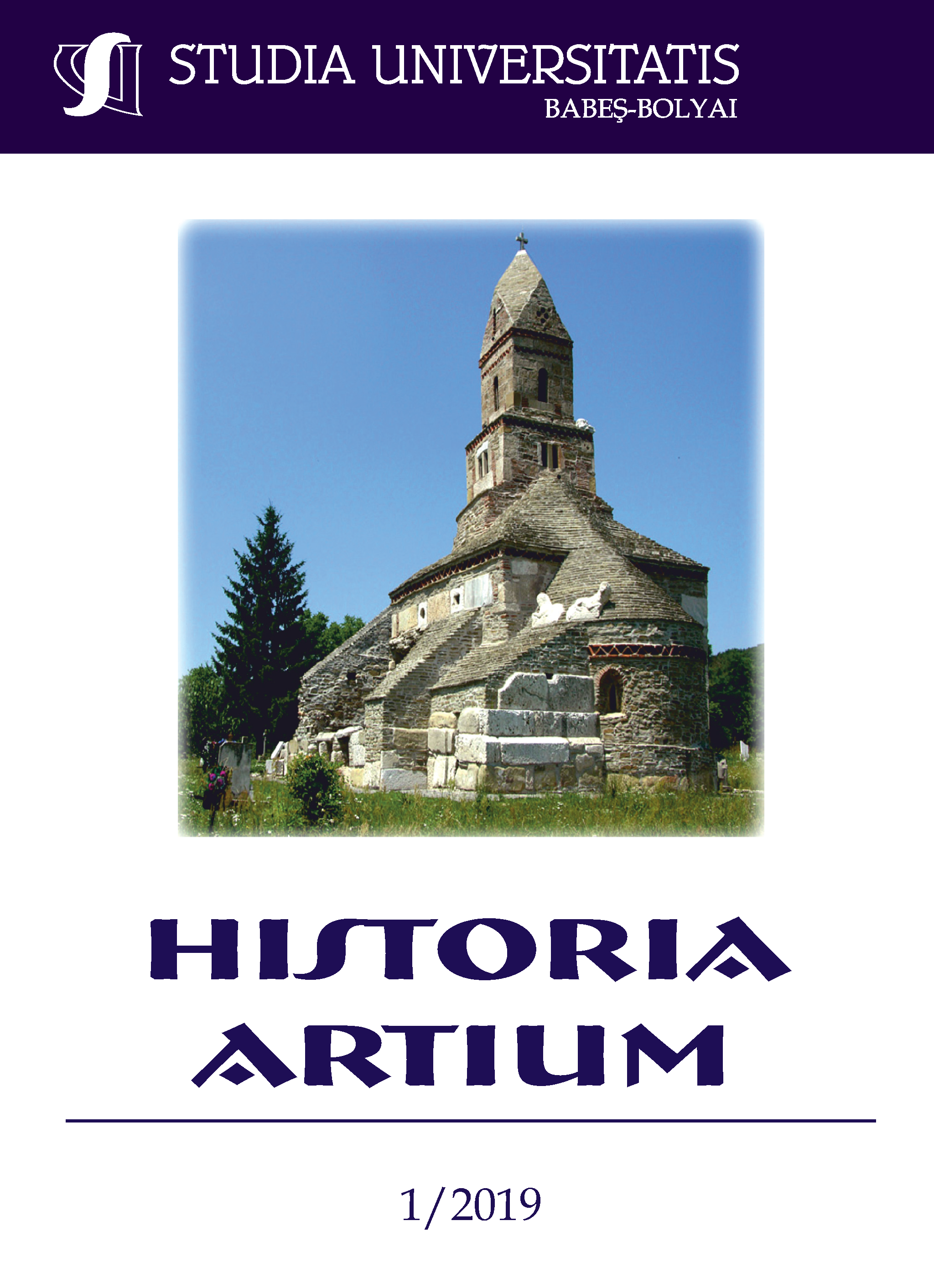COMPOZIȚIILE ICONOGRAFICE PE TEMA APOCALIPSEI ALE PICTORULUI ȘTEFAN DIN ȘIȘEȘTI
DOI:
https://doi.org/10.24193/subbhistart.2019.05Keywords:
Apocalypse, iconography, Șurdești, Plopiș, Ștefan from Șișești.Abstract
The Iconographic Compositions on the Apocalypse Theme Realized by Painter Ștefan from Șișești. Using the iconological method introduced in the iconography research by Erwin Panofski, our paper proposes an iconographic analysis of two compositions on the Apocalypse theme by the painter Ștefan from Șișești. These two compositions were painted in the UNESCO World Heritage wooden churches in two neighboring villages, Șurdești and Plopiș, Maramureș County. We aim to highlight their quality of signifiers in the communities in which their realization was possible, proving social reactions appropriate to a harmonious social coexistence, and individual attitudes marked by care for posthumous destiny. The approach we propose in this paper is an interdisciplinary one, using methods and concepts specific to the history of art and some to the fields of ethnography and anthropology. The scientific motivation of the present paper is that these iconographic compositions were not given the attention they deserve, both from the stylistic perspective and from the importance they have in identifying social and affective attitudes articulated in the community where these works of art were possible, and, above all, their placement on the trilobate vault and on the western wall of the nave of the wooden church in Plopiș, and on the vault of the nave and in the altar in the case of the wooden church in Șurdești. In both compositions, in the center of the nave vault, the Holy Trinity in Western writing is represented; on the midline of the nave vault, towards the altar, The Mother of Lord Orantă, and towards the pronaos, The Lamb of God in the wooden church in Șurdești and Archangel Michael at Plopiș are represented. In the four corners of the vault, the four evangelists are represented. In these compositions, there appear also apocalyptic angels, the image of John, The Woman dressed in the Sun, The Apocalyptic Beast and the Council of the twenty-four Elders. The two iconographic compositions on the theme of Apocalypse are devoid of dynamism. The characters are represented as an inventory, static, but highlighting all the action potential they have. Although the painter respects the norms of the Post-Byzantine tradition, under Baroque’s influence, the representations claim their space stretching towards infinity, and the figures are humanized, with gentle faces, with big and expressive eyes and costumes that are lost in folds. The inclusion of the Apocalypse theme by Ștefan from Șișești in the iconographic program of the two churches and the painting of characters reminiscent of the world’s end with all its implications, in the nave of the church, and in one case with extension towards the altar, shows us not only the painter’s but also the community’s special interest in this theme, as a desire to cause social reactions appropriate to a harmonious coexistence and to individual attitudes marked by the care for the posthumous destiny.
Downloads
Published
How to Cite
Issue
Section
License
Copyright (c) 2019 Studia Universitatis Babeș-Bolyai Historia Artium

This work is licensed under a Creative Commons Attribution-NonCommercial-NoDerivatives 4.0 International License.






